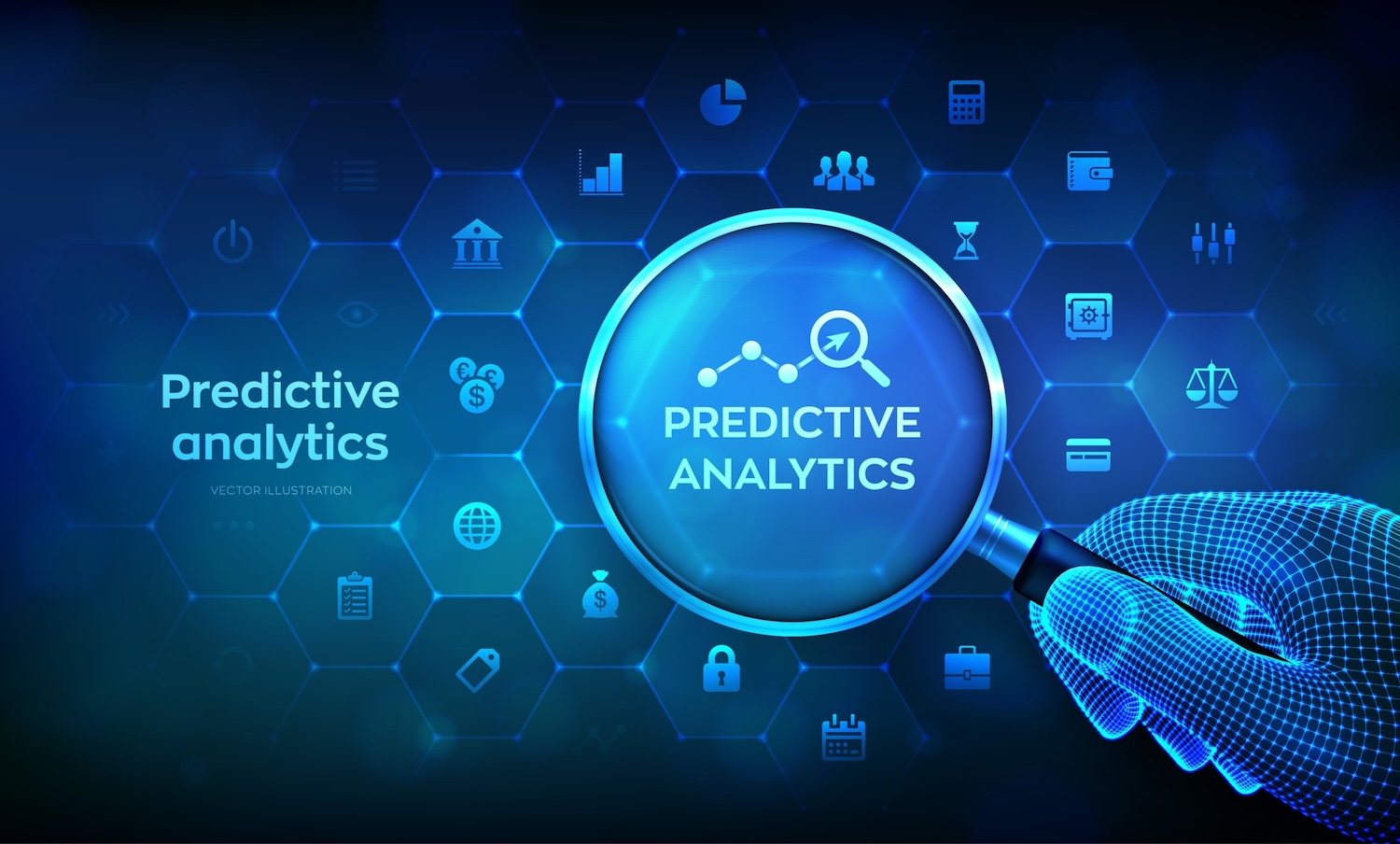Customer behaviour can feel like a moving target - unpredictable, shifting, and hard to pin down. But what if you could anticipate their next move?
Predictive analytics transforms marketing by analysing past behaviours and patterns to forecast future actions. This isn’t just about gathering data; it’s about making data-driven predictions that allow you to tailor your strategy to meet customer needs before they even realise them. By harnessing the power of data, businesses can foresee trends and behaviours, allowing them to precisely tailor their marketing strategies.
What is Predictive Analytics?
Predictive analytics involves using data, machine learning, and statistical algorithms to analyse current and historical data to predict future events. This approach is transforming how businesses anticipate customer needs and behaviour. Instead of reacting to changes, companies can predict what’s coming and proactively adjust their marketing strategies. SEO services and digital marketing are just two examples of areas where predictive analytics has a significant impact. Companies can tweak their content by analysing user search trends and behaviour to resonate better with audiences.
The Unpredictability of Customer Behaviour
Customer behaviour can be a mystery. One day, your product is trending, and the next, engagement plummets. This unpredictability leads to marketing campaigns that are either too broad, poorly timed, or irrelevant to the customer’s needs. What if you could anticipate customer behaviour and make changes before they disengage?
Enter predictive analytics. With this tool, you can move from reactive to proactive marketing. Rather than wondering why customers are abandoning carts or leaving your website, you can predict when and why it will happen - and stop it before it starts.

Key Benefits of Predictive Analytics in Marketing
1. Data-Driven Personalisation
Predictive analytics allows you to deliver highly personalised experiences to your customers. By analysing past behaviour, you can identify patterns that indicate what a customer might want next. For example, Netflix uses predictive models to recommend shows or movies based on what users have already watched. The more data you gather, the more accurate your predictions become.
2. Improved Customer Retention
One of the most powerful applications of predictive analytics is its ability to predict customer churn. By identifying customers who are likely to leave, businesses can deploy targeted retention campaigns before it’s too late. For example, you could offer these customers a special discount or a personalised message that encourages them to stick around.
Predictive analytics doesn’t just tell you when a customer might leave - it also tells you why. Whether it’s a lack of engagement or dissatisfaction with a product, you’ll have the data to make impactful changes.
3. Enhanced Marketing ROI
Predictive analytics helps you focus your marketing budget where it counts. Instead of casting a wide net and hoping for conversions, you can use data to hone in on the customers most likely to convert. This targeted approach reduces marketing spend while increasing the likelihood of success, improving your return on investment (ROI).
For example, using PPC campaigns driven by predictive analytics can ensure your ads are seen by customers who are most likely to click and convert, maximising your advertising budget.
How to Implement Predictive Analytics in Your Marketing Strategy
Implementing predictive analytics into your marketing strategy doesn’t require a team of data scientists - though it helps. Here are key steps to get started:
1. Start with Quality Data
Your predictions are only as good as the data you collect. Make sure you’re gathering data from a variety of sources - web analytics, social media interactions, customer purchase histories, and even customer service interactions. Every data point can provide insights into future behaviour.
2. Choose the Right Tools
There are numerous tools available to help businesses leverage predictive analytics. From platforms like Google Analytics, which can analyse visitor behaviour on your website, to more advanced platforms like HubSpot or Salesforce, the right tool can make all the difference.
3. Create Predictive Models
Predictive models allow you to take your data and translate it into actionable insights. You can build models for customer churn, purchase likelihood, and even which customers are likely to recommend your business to others.
4. Test, Measure, and Optimise
As with any marketing strategy, you’ll want to continuously test and refine your predictive models. Machine learning algorithms get smarter the more data they analyse, so make sure you’re consistently feeding them fresh data.
Real-World Example: Predicting Purchase Behaviour
Imagine you run an online retail store. You notice that some customers browse your site several times without making a purchase, while others buy after just one visit. Using predictive analytics, you can identify which browsing behaviours are most likely to lead to a purchase. Armed with this information, you can send a timely email with a special offer to push them over the line.
This kind of targeted marketing, driven by predictive models, has been shown to increase conversions by as much as 25%. More than just guessing, you’re now using data to predict precisely when a customer is ready to buy.
The Future of Predictive Analytics in Marketing
Predictive analytics is not a trend - it’s the future of marketing. As technology and data collection methods evolve, marketers will be able to predict with even greater accuracy. This means marketing strategies will become more precise, more personal, and more effective.
By incorporating predictive analytics into your digital marketing strategy, you can stay one step ahead of customer needs, providing value before they even ask for it.
Conclusion: Stay Ahead of the Curve
In a world where customer behaviour can feel chaotic, predictive analytics hands you the playbook. No more guessing - now, you’ll know what’s coming and be ready for it. Instead of reacting, you’ll act with precision, delivering precisely what your audience needs before they even know it themselves. Predictive analytics isn't just about staying ahead; it’s about creating a future where your marketing is always one step ahead, building stronger, smarter, and more engaged customer relationships.


